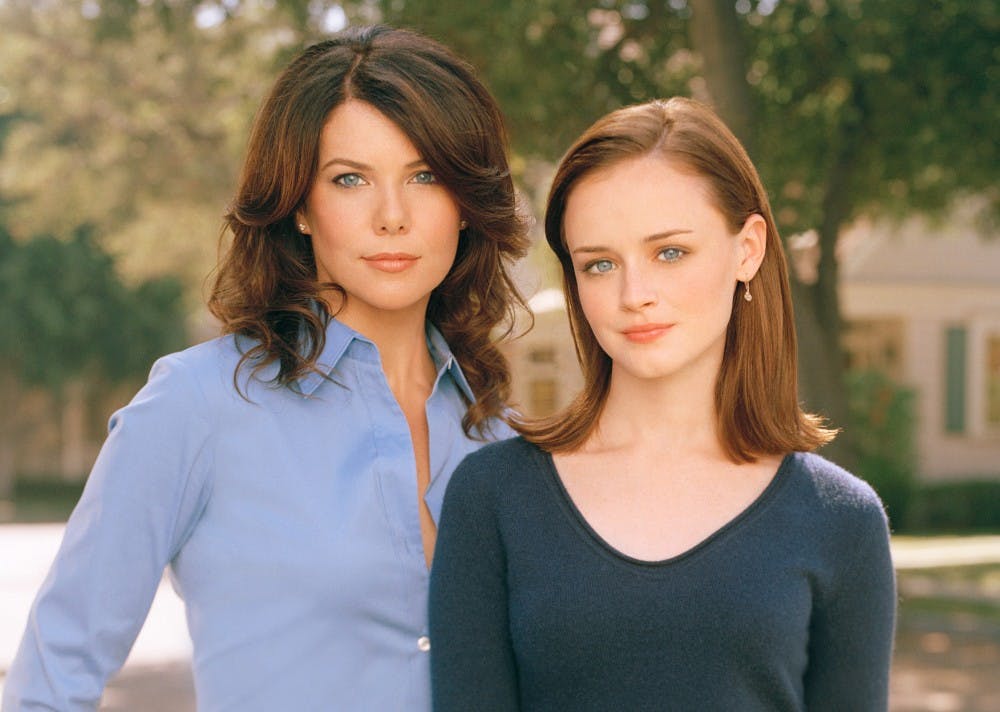Last week, talk of new episodes of “Gilmore Girls” coming to Netflix spread across the internet faster than Lorelai and Rory’s coffee-fueled banter. “Gilmore Girls” is one of the great wonders of modern TV: an endlessly rewatchable, cross-generational dramedy packed with lovable characters, sharp wit and infinite pop-culture references. The show ended in 2007 after an unceremonious final season, the result of failed contract negotiations with Amy Sherman-Palladino, the show’s creator and central voice.
“Gilmore Girls” is now set to return with four 90-minute episodes. Each episode will represent a different season over the course of one year and take place in the present — roughly eight years after the events of the final season. Amy Sherman-Palladino will return to write each episode with executive producer Daniel Palladino. Many of the show’s primary characters — Lauren Graham, Alexis Bledel, Kelly Bishop and Scott Patterson — are poised to return. However, actor Edward Hermann died last year, and there is no word yet on the return of now-megastar Melissa McCarthy.
Reviving shows that ended years, and sometimes decades, before has become a popular TV trend. Over the course of the next two years, we will see new episodes of “The X-Files,” “Prison Break,” “Heroes,” “Twin Peaks,” “Full House” and ironically, “The Comeback.” These are not “reboots,” which are reinventions of old shows and movies with new casts. Instead, these are resurrections, bringing back the old cast and premise.
In an op-ed for the Guardian, Demi Adejuyigbe, host of the podcast “Gilmore Guys” wrote: “Why raise the dead and risk birthing a Frankenstein?” Though comebacks risk being tinted with nostalgia, shows are generally revived out of cynical motivations. Netflix has a deep understanding of viewer habits and saw the potential in a Gilmore Girls revival through the enduring popularity of old episodes. The show is “pre-sold” to a fanbase who is, according to viewer data, guaranteed to tune in.
Fans, mostly made up of live-tweeters, forum-posters, podcasters and recap writers, are louder and more connected than ever. Though “Gilmore Girls” existed before the rise and ubiquity of Twitter, the fans have convinced executives it is worth returning to Stars Hollow. However, if the comeback is motivated by fans, is it merely pandering?
TV revivals are often controversial. “Veronica Mars” returned as a movie, and received mixed reviews. The “Arrested Development” Netflix revival polarized fans of a once universally-beloved show. “Heroes,” returning to NBC, has been criticized for being uninspired.
“Gilmore Girls” is set in a distinctly 2000s-era bubble — a time before Facebook and iPhones, allowing the show to operate quietly. The question of whom Rory should date was more pressing than any social or political issue, and technology could neither make nor break a story. To retain the authentic charm of the show, “Gilmore Girls” must tread carefully to merge itself with the present day.







